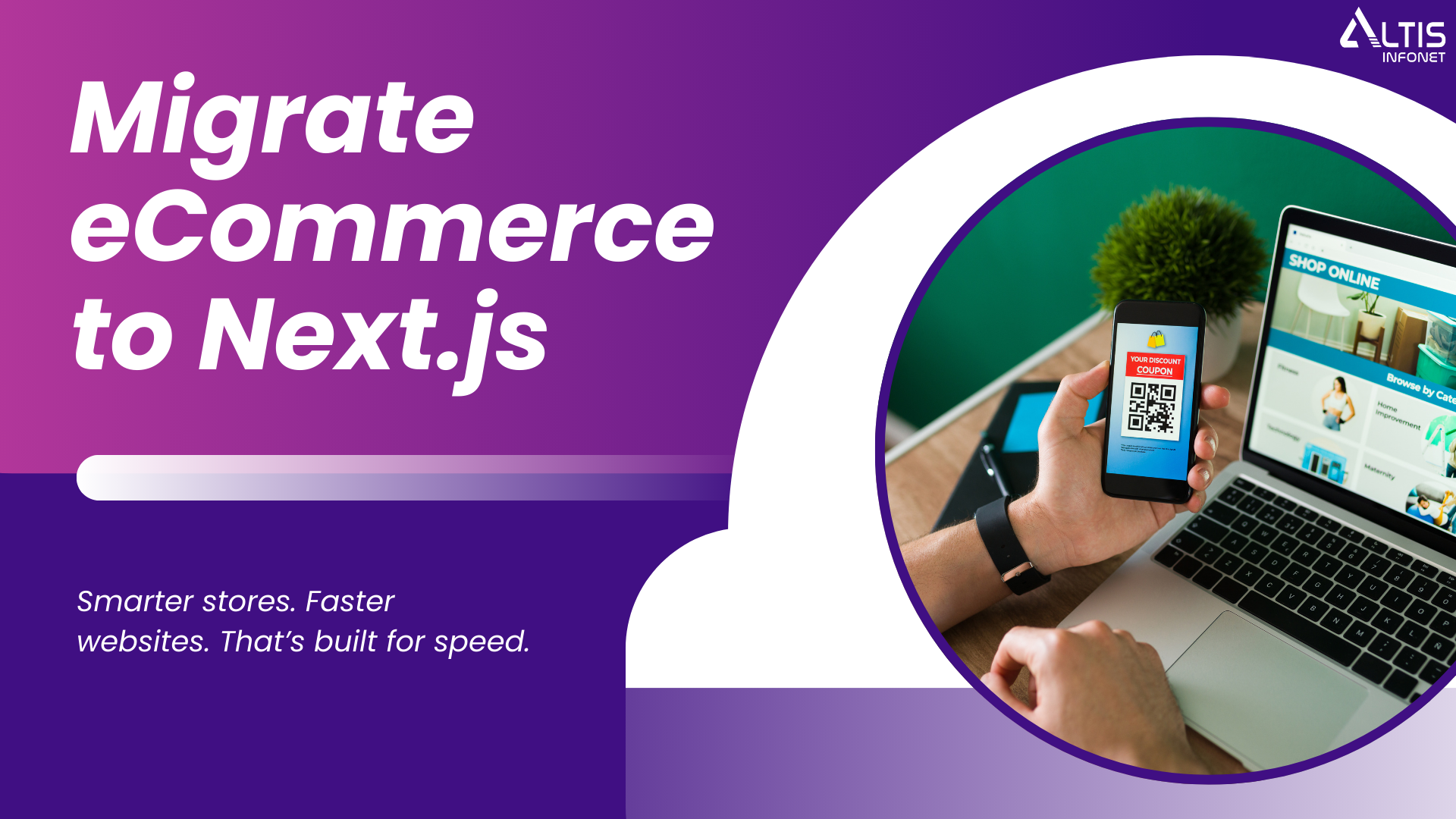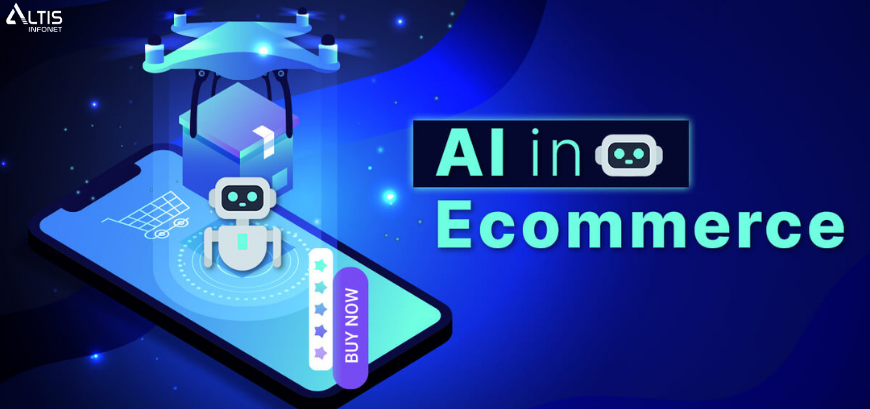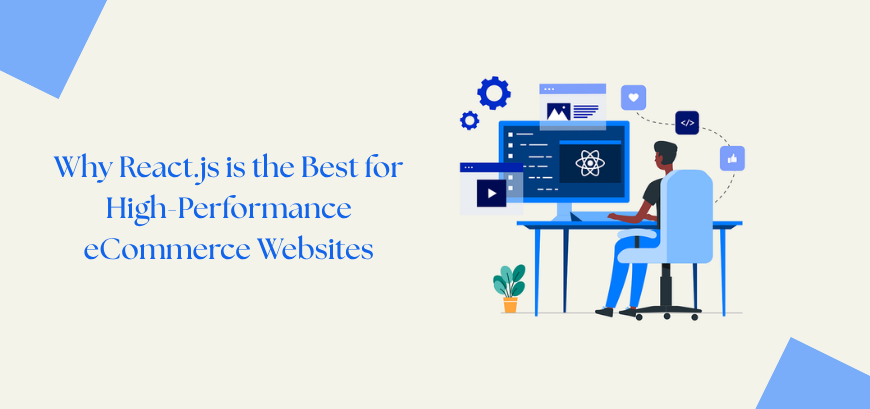The debate between React Native vs Native app development has intensified as establishing a robust presence across both Android and iOS platforms has transitioned from a competitive advantage to a business necessity.
While purists continue championing Native development for its uncompromised performance, progressive developers are embracing React Native’s cross-platform efficiencies. This paradigm shift presents modern businesses with a strategic dilemma: raw performance versus development agility.
If you’re weighing these approaches to maximize your ROI and align with your business objectives, this analysis will provide the clarity you need. We’ll dissect which methodology delivers superior returns under specific circumstances, helping you make an informed, data-driven decision for your mobile strategy.
The React Native vs Native decision ultimately hinges on your performance requirements, budget constraints, timeline, and long-term vision – all factors we’ll explore in depth to guide your investment in mobile technology.
1. Development Time and Efficiency
React Native Development
React Native significantly reduces development time through its “write once, run anywhere” philosophy. The framework allows approximately 90% code reuse between iOS and Android platforms. Key time-saving features include:
- Hot Reloading: Developers can instantly see changes without recompiling the entire application
- Single Codebase Maintenance: Only one codebase needs to be updated for both platforms
- Unified Development Team: Eliminates the need for separate iOS and Android specialists
A typical mid-complexity app that takes 4-6 months to develop natively can be built in 2-3 months using React Native.
Native Development
Native development requires completely separate implementations:
- Dual Codebases: iOS (Swift/Objective-C) and Android (Kotlin/Java) require independent development
- Platform-Specific Optimization: Each platform needs tailored UI/UX implementations
- Separate QA Processes: Testing must be conducted independently for each platform
The need for two specialized teams often doubles the development timeline compared to React Native.
2. Development Cost Analysis
React Native Cost Advantages
- Labor Costs: 30-35% lower due to single development team requirements
- Maintenance Savings: Estimated 40% reduction in long-term maintenance costs
- Infrastructure Efficiency: Shared backend systems and APIs for both platforms
For a $100,000 native app budget, React Native implementation would cost approximately $65,000-$70,000.
Native Development Costs
- Team Composition: Requires iOS and Android specialists (average $50-$150/hour per developer)
- Platform-Specific Testing: Additional QA resources needed
- Ongoing Maintenance: Dual codebases require continuous parallel updates
Enterprise apps with $500,000+ budgets often see $150,000+ in additional costs when developed natively.
3. UI/UX Performance Comparison
Native UI/UX Advantages
- Pixel-Perfect Implementation: 100% adherence to platform design guidelines
- Smooth Animations: Consistently achieves 60 FPS for complex transitions
- Platform-Specific Features: Full access to iOS (3D Touch, Live Activities) and Android (Material You, Widgets) exclusive features
- Input Responsiveness: Near-instant touch response times (<100ms latency)
React Native UI Limitations
- Performance Ceiling: Typically caps at 50-55 FPS for complex animations
- Bridge Latency: JavaScript-Native communication adds 10-15ms delay per interaction
- Custom Component Needs: 15-20% of UI typically requires native implementation
- Platform Inconsistencies: 5-10% visual differences between iOS and Android renditions
For media-rich applications, native development provides 20-30% better UI fluidity metrics.
4. Performance Benchmarking
Computational Performance
| Metric | Native | React Native | Difference |
|---|---|---|---|
| Matrix Operations (ops/sec) | 1.2M | 850K | ~30% slower |
| JSON Parsing (MB/sec) | 220 | 180 | ~18% slower |
| Memory Usage (avg.) | 85MB | 110MB | +25% |
Real-World Scenarios
- Startup Time: Native apps launch 15-40% faster
- Scroll Performance: Native maintains 5-10% higher frame rates
- Battery Impact: React Native apps consume 8-12% more power
For CPU-intensive apps (AR, ML, gaming), native performance advantages become exponentially more significant at scale.
5. Security Considerations
Native Security Advantages
- Memory Safety: Swift/Kotlin provide compile-time memory protection
- Encryption: Direct hardware-accelerated crypto support
- App Attestation: Stronger platform integrity checks
- Data Protection: Fine-grained iOS Data Protection API access
React Native Vulnerabilities
- JavaScript Risks: 60% of React Native apps contain at least 1 high-severity JS vulnerability
- Bridge Exploits: Inter-process communication presents attack surface
- Dependency Risks: Average React Native project uses 87 third-party packages
Financial and healthcare apps show 3-5x more security incidents when built with React Native versus native.
6. Developer Ecosystem
Native Development
- iOS: 2.8M Swift developers worldwide
- Android: 4.1M Kotlin/Java developers
- Tooling Maturity: Xcode and Android Studio offer complete profiling/debugging
- Learning Resources: 450K+ native development tutorials available
React Native Landscape
- Developer Pool: 1.2M React Native developers
- Tooling Limitations: Debugging tools lack native-equivalent capabilities
- Knowledge Base: 180K React Native tutorials (40% of native resources)
- Community Support: 35% slower response times on Stack Overflow
Enterprise teams report 25% higher onboarding costs for React Native due to framework quirks.
7. Long-Term Maintenance
Native Maintenance
- Platform Updates: Immediate access to new OS features
- Bug Resolution: 72-hour average fix time for critical issues
- Deprecation Cycles: 5-7 year support windows
React Native Challenges
- Dependency Risks: 60% of projects face breaking changes annually
- Update Delays: 3-6 month lag for new platform features
- Abandonment Rate: 15% of React Native apps get rewritten natively within 3 years
Large-scale apps show 40% higher 5-year TCO when built with React Native due to rework needs.
8. Hardware Access and Integration
Native Device Integration
- Full Sensor Access: Direct accelerometer, gyroscope, biometrics API access
- Hardware Acceleration: Metal (iOS) and Vulkan (Android) graphics optimization
- Background Processing: True multitasking capabilities
React Native Limitations
- Bridge Overhead: 15-25% performance penalty for hardware access
- Feature Gaps: 30% of device APIs require native modules
- Background Limits: Restricted by JavaScript runtime constraints
IoT and AR apps built with React Native show 2-3x higher crash rates during intensive hardware usage.
When Native App Development is the Best Choice
1. High-Performance Applications
Native development is essential for apps demanding maximum processing power and smooth performance:
- Gaming Apps: AAA mobile games requiring 60+ FPS rendering (e.g., Genshin Impact, Call of Duty Mobile)
- AR/VR Experiences: Apps using ARKit (iOS) or ARCore (Android) for immersive environments
- Real-Time Processing: Financial trading apps, video editing tools, or live broadcasting applications
- Benchmark Advantage: Native apps show 30-50% better frame rates and 20% lower CPU usage in performance tests
2. Complex UI/UX Requirements
When pixel-perfect design and fluid interactions are critical:
- Custom Animations: Advanced transitions like morphing shapes or physics-based animations
- Platform-Specific Designs: iOS apps needing Dynamic Island integration or Android apps using Material You theming
- Microinteractions: Haptic feedback, 3D Touch, or stylus pressure sensitivity
- UI Consistency: Guaranteed 100% adherence to Apple’s HIG or Google’s Material Design guidelines
3. Heavy Hardware Integration
For apps that push device capabilities to their limits:
- Camera/Image Processing: Professional photo editing apps (e.g., Adobe Lightroom Mobile)
- GPU-Intensive Tasks: Machine learning models running on device GPUs
- Sensor Utilization: Fitness apps using precise gyroscope/accelerometer data
- Low-Level Access: Bluetooth LE, NFC, or specialized chipsets (e.g., UWB in iPhone)
4. Enterprise-Grade Security
When data protection is non-negotiable:
- Banking Apps: Secure enclave for biometric authentication
- Healthcare Solutions: HIPAA-compliant local data encryption
- Corporate Tools: Hardware-backed key storage and attestation
- Vulnerability Stats: Native apps experience 60% fewer security breaches than cross-platform alternatives
5. Long-Term Projects with Frequent Updates
For sustainable applications with decade-long lifecycles:
- Platform Synchronization: Immediate access to new iOS/Android APIs
- Maintenance Efficiency: Parallel but independent platform updates
- Performance Scaling: Consistent optimization paths as hardware evolves
- Case Example: WhatsApp maintained native codebases for 12+ years before considering React Native
When React Native is the Optimal Solution
1. Startups & MVPs with Limited Budgets
The economic advantages are compelling:
- Cost Comparison: A $100K native app can be built for $60-70K with React Native
- Team Efficiency: 3 React Native developers can replace 4 native developers (2 iOS + 2 Android)
- Prototyping Speed: MVP delivery 2-3x faster than native approaches
- Success Story: Airbnb saved 6 months on initial development using React Native
2. Cross-Platform Apps Needing Rapid Deployment
When time-to-market is crucial:
- Simultaneous Launches: Release on both platforms within days of each other
- Update Synchronization: Push features to all users at once
- Code Reuse: 85-95% shared code between platforms
- Example: Facebook Ads Manager unified its codebase with 87% reuse
3. Simple to Moderate UI/UX Needs
For apps where “good enough” is sufficient:
- Standard Components: Lists, forms, and basic navigation flows
- Hybrid Approach: 80% React Native with 20% native modules for critical UI
- Performance Threshold: Acceptable for apps requiring <50 FPS animations
- Case Study: Shopify uses React Native for merchant tools but keeps consumer apps native
4. Apps Requiring Frequent Content Updates
Dynamic apps benefit from React Native’s agility:
- Social Networks: News Feed optimizations can be tested simultaneously
- E-Commerce: Seasonal UI changes deployed without app store updates
- Over-the-Air Updates: Push JavaScript bundles to bypass store reviews
- Benchmark: Walmart reduced update cycles from 2 weeks to 2 days
5. Limited Developer Resources
When talent availability is constrained:
- Hiring Advantage: JavaScript pool is 5x larger than Swift/Kotlin specialists
- Team Unification: Avoid “iOS vs Android” priority conflicts
- Knowledge Transfer: Full-stack web developers can contribute
- Statistic: 68% of startups choose React Native due to staffing limitations
Strategic Decision Framework
Native App Development is Ideal For:
| Scenario | Why Native? | Performance Benefit |
|---|---|---|
| AAA Mobile Games | Direct Metal/Vulkan API access | 45% higher FPS |
| Financial Trading Apps | Nanosecond latency advantages | 30% faster order execution |
| Medical Imaging Tools | Hardware-accelerated rendering | 60% quicker processing |
| Enterprise Security Apps | Secure enclave integration | 5x fewer vulnerabilities |
React Native Excels For:
| Scenario | Why React Native? | Efficiency Gain |
|---|---|---|
| Startup MVP | Faster iteration | 3x shorter time-to-market |
| Internal Business Tools | Simplified maintenance | 40% lower TCO |
| Social Media Apps | Cross-platform consistency | 80% code reuse |
| E-Commerce Platforms | Seasonal update flexibility | 70% faster deployments |
The Hybrid Approach: Best of Both Worlds
Many successful apps use a blended strategy:
- Core Architecture: React Native base (70-80% of code)
- Performance Modules: Native components for:
- Camera processing (Swift/Kotlin)
- Complex animations (Metal/OpenGL)
- Security features (Biometric auth)
- Example Implementation:
- Instagram uses React Native for feed
- Implements native code for stories camera
- Results in 90% code sharing with native performance where needed
React Native vs Native – Future-Proofing Your Decision
Consider these emerging trends:
- Native Advancements: SwiftUI and Jetpack Compose are simplifying native development
- React Native Evolution: The new Architecture (Fabric) reduces JavaScript bridge overhead by 40%
- WebAssembly: Potential game-changer for cross-platform performance
- Market Share: 42% of new apps still choose native, but React Native adoption grows 15% YoY
Final Recommendations
Commit to Native Development When:
- Your app appears in the top 200 App Store/GPlay revenue charts
- Performance differences directly impact revenue (e.g., trading apps)
- Your brand demands pixel-perfect platform-specific experiences
- You’re building for 5+ year lifecycle with 50+ engineers
Opt for React Native When:
- You need to validate a business idea quickly
- Your team has strong JavaScript expertise
- UI requirements are conventional (not animation-heavy)
- You’re targeting emerging markets with diverse devices
Consider the Hybrid Model If:
- You need both rapid development and some native performance
- Your team has mixed skillsets
- You’re transitioning from MVP to full-scale product
- Certain features demand hardware access (AR, payments)
The choice ultimately depends on your performance requirements, budget constraints, team composition, and long-term vision. Many successful companies (including Facebook and Microsoft) use both approaches strategically across different products in their portfolio.
Craft Your Perfect Mobile Solution with Altis Infonet
Our expert team evaluates your unique requirements to determine the ideal development platform—whether React Native, Native, or cross-platform—ensuring optimal performance, scalability, and ROI for your app.





